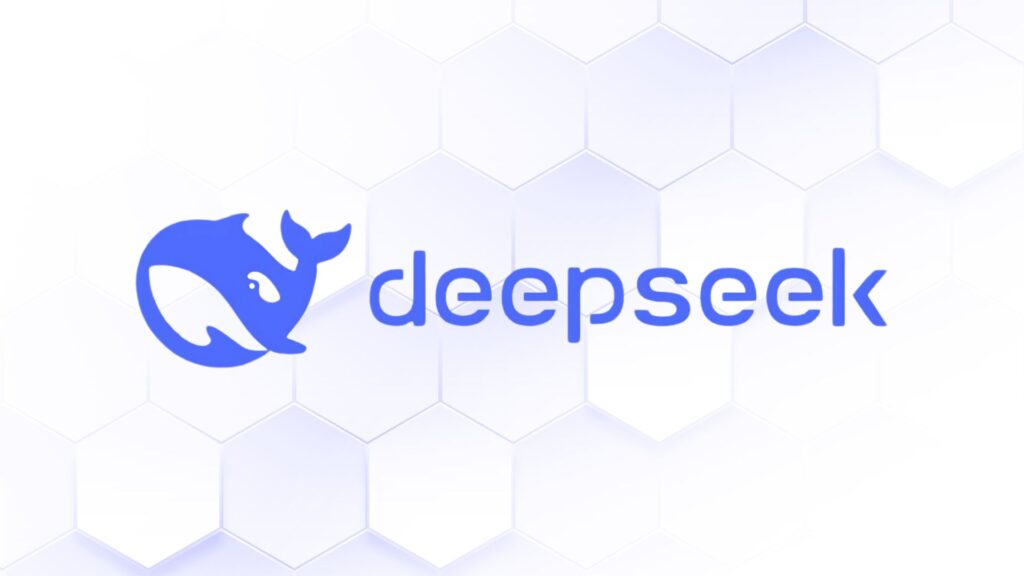
AI Disruption in Translation: How DeepSeek’s Model May Reshape the Market
by keylingo_admin
Artificial intelligence is transforming industries worldwide, and recent developments by the AI company DeepSeek are pushing this evolution further. With their innovative approach to AI model training, DeepSeek has introduced a technology that could dramatically lower the cost of AI development while maintaining top-tier performance. But what does this mean for the language and translation industry? Let’s explore how this breakthrough might reshape the way we approach translations.

The DeepSeek Innovation
DeepSeek has developed an AI model that rivals the capabilities of leading systems like GPT-4 while reducing training costs from $100 million to just $5 million. They achieved this by rethinking traditional AI architectures, optimizing memory usage, and introducing specialized systems that only activate relevant components as needed. This efficiency doesn’t just impact the cost of AI—it makes these technologies accessible to smaller players in the market, breaking the monopoly of tech giants.
Implications for Translation Technology
1. Reduced Costs for Translation Tools
Translation Management Systems (TMS) and machine translation engines rely heavily on AI models. With DeepSeek’s cost-effective approach, these tools could become more affordable, allowing small and medium-sized Language Service Providers (LSPs) to integrate advanced AI-driven translation systems without requiring a significant budget. However, despite these efficiency gains, ensuring cultural and contextual accuracy remains a critical element in maintaining the overall success of a translation tool. AI-driven translations may excel at speed and cost reduction, but human expertise is still necessary to refine nuanced language elements, local expressions, and industry-specific terminology.
2. Democratization of Translation AI
Traditionally, cutting-edge AI-powered translation solutions have been dominated by large companies with access to vast computing resources. DeepSeek’s innovations could level the playing field, enabling smaller businesses to develop or access custom AI models tailored to niche translation needs, such as domain-specific language services or rare language pairs.
3. Faster Development Cycles
DeepSeek’s efficiency in training AI could shorten the development timeline for new translation technologies. This would lead to quicker updates and improvements in translation quality, keeping up with evolving linguistic trends and client demands.
4. Specialized AI for Enhanced Localization
DeepSeek’s “expert systems” approach—activating only the necessary components for a given task—could revolutionize localization workflows. For instance, a model optimized for legal translations could activate different “experts” than one designed for marketing content, ensuring higher accuracy and relevance without requiring separate systems.
5. Broader Access to Real-Time Translation
The ability to run AI models on gaming GPUs instead of specialized hardware lowers the barrier to entry for real-time translation applications. This could expand access to live interpretation tools, subtitling software, and multilingual chatbots, benefiting industries like tourism, healthcare, and international commerce.
Challenges to Consider
While the possibilities are exciting, there are still challenges to address. For example:
- Quality Control: Ensuring these cost-effective systems maintain the high-quality output required for professional translations.
- Data Accessibility: Smaller companies may still face difficulties in sourcing the vast amounts of multilingual data needed to train specialized models.
- Adoption Curve: Training teams and clients to trust and use these new technologies effectively will take time.
Conclusion: A Future Focused on Translation Customers
DeepSeek’s innovations have the potential to reshape the translation landscape, making high-quality translation tools more accessible, affordable, and efficient. For translation customers, this means lower costs, faster turnaround times, and more accurate translations tailored to their specific industry needs. Businesses expanding globally will gain access to AI-powered tools that improve multilingual communication, ensuring clarity and cultural relevance in their messaging.
Additionally, the integration of specialized AI models ensures that translation quality is not compromised, giving customers confidence that their content remains precise and contextually appropriate. With these advancements, translation customers can expect a more seamless experience, greater customization options, and improved access to top-tier translation services without breaking their budgets.
As AI technology continues to evolve, translation customers will ultimately benefit the most, gaining powerful tools that enhance their global reach and communication strategies. The future of translation is not just about technology—it’s about empowering customers with solutions that are smarter, faster, and more attuned to their unique needs
Related Articles
Why Hyper-Localization and Personalization Are Defining Global Success
Translating content is no longer the benchmark for going global; it’s the baseline. As businesses expand into new markets, what truly drives growth in 2025 is the ability to connect meaningfully with audiences through hyper-localization and personalization. These strategies are redefining how brands communicate. Hyper-localization adapts your message to reflect not just a language,…
AI-Powered LQA and Human Review: The Smartest Way to Scale Localization
Every multilingual project begins with ambition: the ambition to connect, to scale, and to meet global audiences where they are. But ambition often collides with the reality of manual language review processes that strain valuable resources. This friction delays launches and diminishes the agility brands need to thrive internationally. The answer is not replacing people…
Connecting Through Language: Why Global Brands Are Investing in Multilingual Video
In today’s digital world, attention is the most valuable currency—and it’s increasingly multilingual. For brands expanding across borders, creating content that resonates globally isn’t just a competitive advantage; it’s a business necessity. Whether you’re onboarding a workforce, educating customers, or entertaining the masses, your audience expects more than a translated script. They expect localized video…
here
for you
We’d love to learn more about your translation and localization needs.